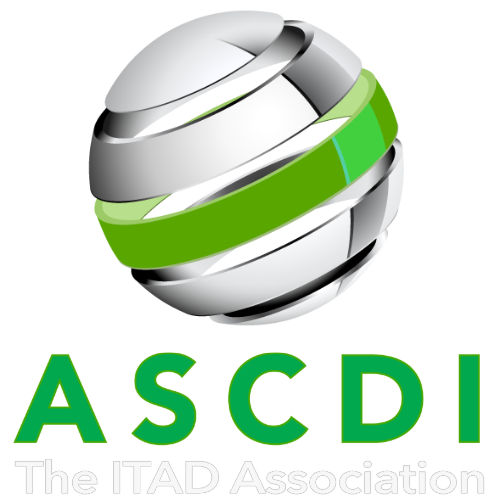A Guide to Remote Employee Returns
Remote employee offboarding is inherently difficult. HR professionals and IT team leaders aren’t always afforded the same resources normally available during on-site employee offboarding, leaving you with an unstructured, often chaotic process for remote employee departures. Retrieving equipment may seem like an afterthought, but without solid business processes in place companies are left vulnerable not only to expenses related to damage or theft, but also breaches in security.
If you’re feeling tangled in tracking this mess of laptops, mobile phones, and other company property, you’re not alone. Even large corporations experienced in managing remote workers often rely on spreadsheets and individual FedEx or UPS tracking numbers combined with untraceable webs of emails and notes.
Learn more about the Box Program on ReturnCenter
Another complicating factor is that it is often unclear where the responsibilities of HR end and IT support begin. Who is ultimately responsible to ensure that employee equipment gets back to your company? Will the assets retrieved be redeployed, donated, or retired? Will they return to your company’s facility or be sent to an IT asset disposition or recycling company? This disjointed process carried out by multiple parties quickly compounds, especially in already fluctuating workforces.
Creating a streamlined equipment return system with the right functionality is one of the most important steps you can take, not only to optimize your time and effort, but to provide a more positive experience to your employees during this challenging time. Being able to track all inbound and outbound IT assets in one place will make the process easy and auditable. So where do you start?
Consider your IT Lifecycle
In order to create an efficient equipment recovery process as part of employee offboarding, companies need to make sure they understand the full lifecycle of their IT assets as it relates to exiting employees. This will allow for substantial insight and control over your technology routing, inventory control, and costs.
The good news is that resources in this area have substantially improved in recent years and dependent upon your needs, the right tool for your team probably already exists.
Asset Management Software
Asset management software offers a more organized and often automated means of managing all the information stored in the aforementioned spreadsheets and emails.
Your team will likely have unique problems and roles to solve for in your IT lifecycle, and today’s programs account for many situations around not only IT asset tracking but also maintenance, software license management, redeployment, retirement, end-of lease execution and others.
Resources like ServiceNow offer Software as a Service (SaaS) tools to create customizable workflows around these concepts related to IT but are also useful within security, operations, customer service and other parts of your enterprise.
Because HR professionals often take on the responsibility of overseeing employee equipment returns, many human capital management (HCM) platforms also offer functions that help with IT equipment recovery.
IT Lifecycle Stages
These software applications typically address specific stages of the IT lifecycle as shown below. But even if a company doesn’t use asset management software, they likely place importance on these IT lifecycle stages and it is important to be aware of them.
Planning/Procurement: Sourcing, negotiating costs, acquisition, aligned with broader company objectives.
Deployment/Provisioning: Provisioning the appropriate software on each machine tailored to the needs of each user and securely connected to the mother ship.
Maintenance/Support: Assigning hardware and software monitoring and support resources to ensure productivity and minimum downtime.
Recovery/Redeployment: Determining the next phase in the asset lifecycle for recovered equipment—the next intended use for returned equipment will determine the shipping destination and the transfer of responsibility (and chain of custody).
Return: Regardless of the receiving party, which could be HR, IT or a third party tasked with data wipe, reprovisioning or retirement, equipment will require significant visibility to mitigate any negative impact on teams as it travels back from the offboarded employee.
We’re going to examine this stage a little closer.
Best Practices for Equipment Returns
Because this juncture at offboarding involves multiple parties, including those no longer with your company, the importance of each step being simple, seamless, and documented can’t be understated. Taking into consideration the potential hurdles of each group can help.
Consider the experience of employees being offboarded. They may be leaving voluntarily or not, and have little incentive to make equipment return convenient for their former company. Here are a few related questions and considerations that can centralize your returns process and improve the chance of getting your equipment back quickly and safely.
- Packaging: do they have the right packaging with enough protection for your assets?
- Return shipping label: are you relying on them to print a label or are you providing one?
- Pickup or drop-off: how convenient will it be for them to get it to the parcel carrier? Do you offer a home pickup?
- Instructions: is it clear to the former employee exactly what items they are required to return or if it is acceptable to keep anything they were originally sent?
And don’t minimize the time and resources required by your team tasked with getting the equipment back. Can you centralize their experience with any of the following?
- Supplies: Does your staff have to manage boxes and labels?
- Consolidated Information: Is all the information about equipment returns in one place and easily understood?
- Complete Information: Are the details about the equipment being returned and your “To” and “From” shipments complete enough to provide accurate reporting and tracking?
- Access: Is this information stored in a shared resource, such as an online portal with multi-user access?
Seamless Solution
To make the remote employee returns process seamless, Onepak has created ReturnCenter, a collaborative online platform for all stakeholders in the return process. For each of the above questions ReturnCenter has an answer with accompanying easy-to-use functionality for both employers and employees.
The platform ecosystem allows businesses to select specialized packing boxes in five different sizes, and arrange for logistics services to and from their employees. Easy to use dashboards let businesses access status updates for each step of the process right on the platform, providing end-to-end transparency and accountable chains of custody for one to thousands of employees. And ReturnCenter has an app developed for ServiceNow users, so you can see and manage remote employee returns right in your ServiceNow instance with no swivel seat.
Integrating ReturnCenter as your primary IT asset return solution means never having to touch a box or print a label. If offboarding remote employees is an ongoing need, why not use specialized tools and providers rather than misallocating the time of team members in the mailroom or warehouse to invent new processes and manage shipping services outside their expertise?
To learn more about the simple steps in utilizing ReturnCenter and to get started on your return, click here.
Offboarding employees is already difficult, time consuming and has high potential to be disorganized. By creating efficient processes, using purpose-built systems to manage them, and working with providers like ReturnCenter, companies can fast-track IT asset return and the cycle as a whole, so you can get back to the rest of your do-do list.



